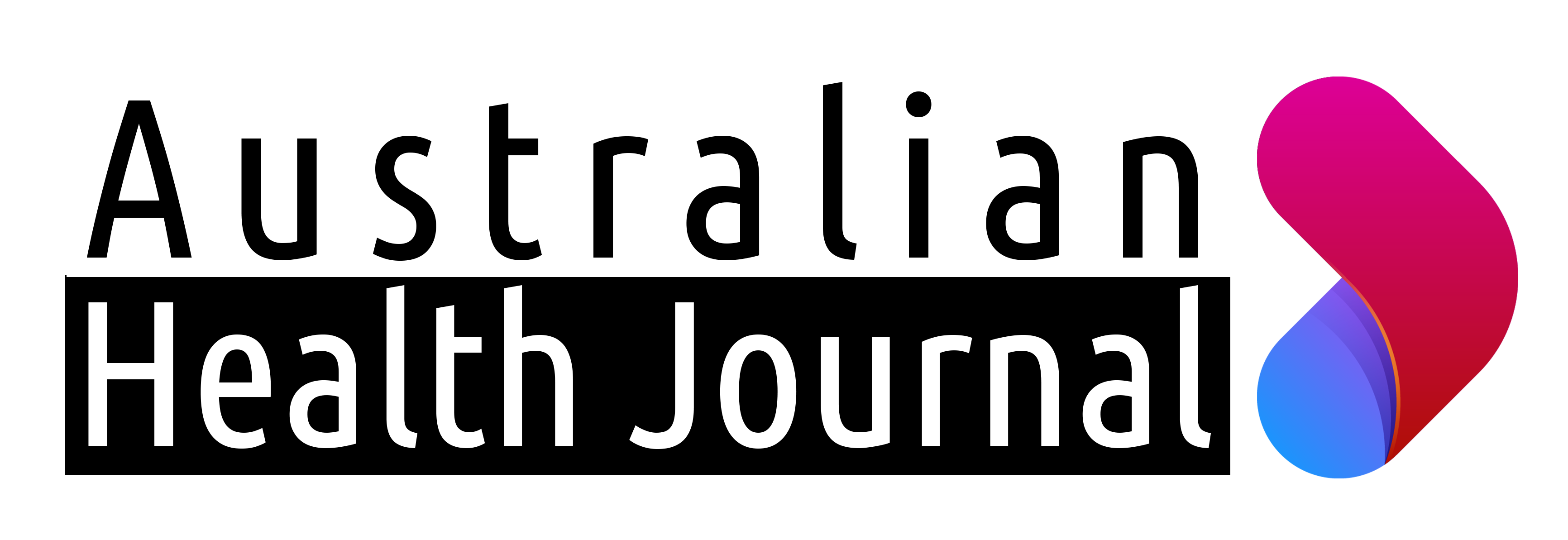People In Health Care; Dr Gaj Panagoda,
empowering underprivileged communities
Xstitch Health takes project based approach to
creating community-driven,
sustainable health outcomes
Dr Gaj Panagoda, CEO of Xstitch Health, has a diverse medical background and is working to improve health systems for underprivileged communities. In the Australian Health Journal’s People In Health Care series, he talks about the changes needed in community-based care using a project based approach,
According to Dr Panagoda, there is a need for a shift towards community-based care and collaboration with stakeholders in the healthcare system, and the potential to create a new kind of socially conscious, inspired, community-informed medical specialist is the future of medical specialty care.
Project-based job outcomes are clear, post-COVID community-based health systems are innovative, and the six pillars of Xstitch involve working with communities to identify strengths and challenges, collaborating with stakeholders, and deciding what’s needed.
Communities, including underprivileged ones, have untapped strengths that can be harnessed for their own healthcare journeys, and Xstitch Health aims to do something different by focusing on change management, policy, and governance.
“We are looking at a unique model to fund health projects based on community-defined issues and deliverables, with most interest coming from schools”, says Dr Panagoda.
He’s seen, schools in underprivileged areas that are providing services for students with particular needs, are interested in working better with health systems, to address acute issues.
Dr Panagoda believes medical specialists in Australia have untapped potential to address the wider needs of patients and can start taking action on their collective knowledge without waiting for higher positions.
Xstitch Health offers a new kind of job for doctors, combining patient care with system improvement and the opportunity to work in various locations.
Health professionals need support in their role in communities and a collaborative model for medical specialists is being developed to have a big impact across Australia.
You Might also like
-
Continuing education program leads to better conversations
Medicines Australia’s Continuing Education Program (CEP) is designed to educate medical representatives to a recognised industry standard. Dr Tristan Ling, CEP Academic Lead and Project Manager at the College of Health and Medicine, University of Tasmania talks about the 900 students that come through the program each year.
The CEP is primarily directed at medical representatives working within the prescription medicines industry, but is also recommended to people who may not be currently employed within the industry but would like to pursue a career as a medical representative. It is also available to personnel working for organisations interacting with the pharmaceutical industry.
-
Warning signs of substance abuse and addiction
Tara Hurster, is the CEO of The TARA Clinic and a psychologist who started working within the area of addiction in 2010. The TARA clinic, short for Therapeutic Addiction Recovery Assistance, recently started offering online programs to overcome and recover from addiction.
Tara spoke with Australian Health Journal about the early warning signs of anxiety and stress in health staff and executives, including irritability, changes in sleep patterns and diet leading to more serious mental health decline. These behaviours and symptoms increase the risk of substance abuse that could take the form of excessive smoking, drinking alcohol and drug use, porn, sex and gambling.
-
Thyroid health into pregnancy
‘Without an adequate amount of thyroid hormone mothers can be exposed to hypertensive disorders of pregnancy, including gestational hypertension and preeclampsia or eclampsia, which affect around 10% of pregnant women and are the leading causes of maternal and neonatal mortality worldwide. Mothers who suffer from hypertensive disorders during pregnancy are at increased risk of long-term cardiovascular consequences and hypertensive disorders in subsequent pregnancies. Evidence also indicates a risk of reduced cognitive ability to their offspring.
‘Knowing if you are genetically predisposed to Hashimoto’s or Graves’ Diseases, which are both thyroid autoimmune disorders is important to be aware of, to ensure all appropriate tests are ordered. Autoimmune disorders may predispose mothers to a thyroid problem during pregnancy’, says Professor Creswell Eastman, who also serves as the ATF’s Principal Medical Advisor.



